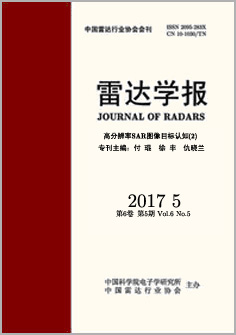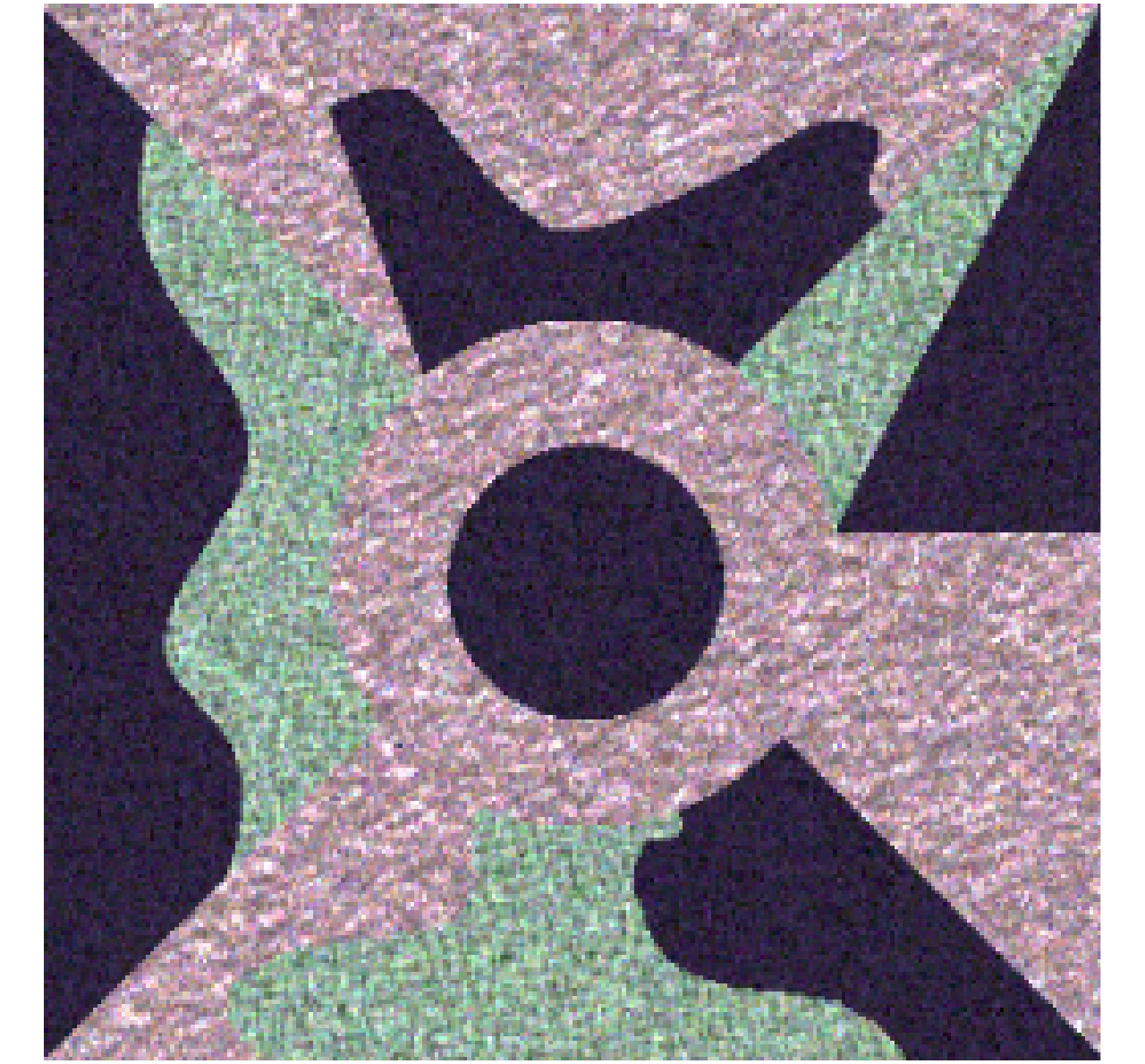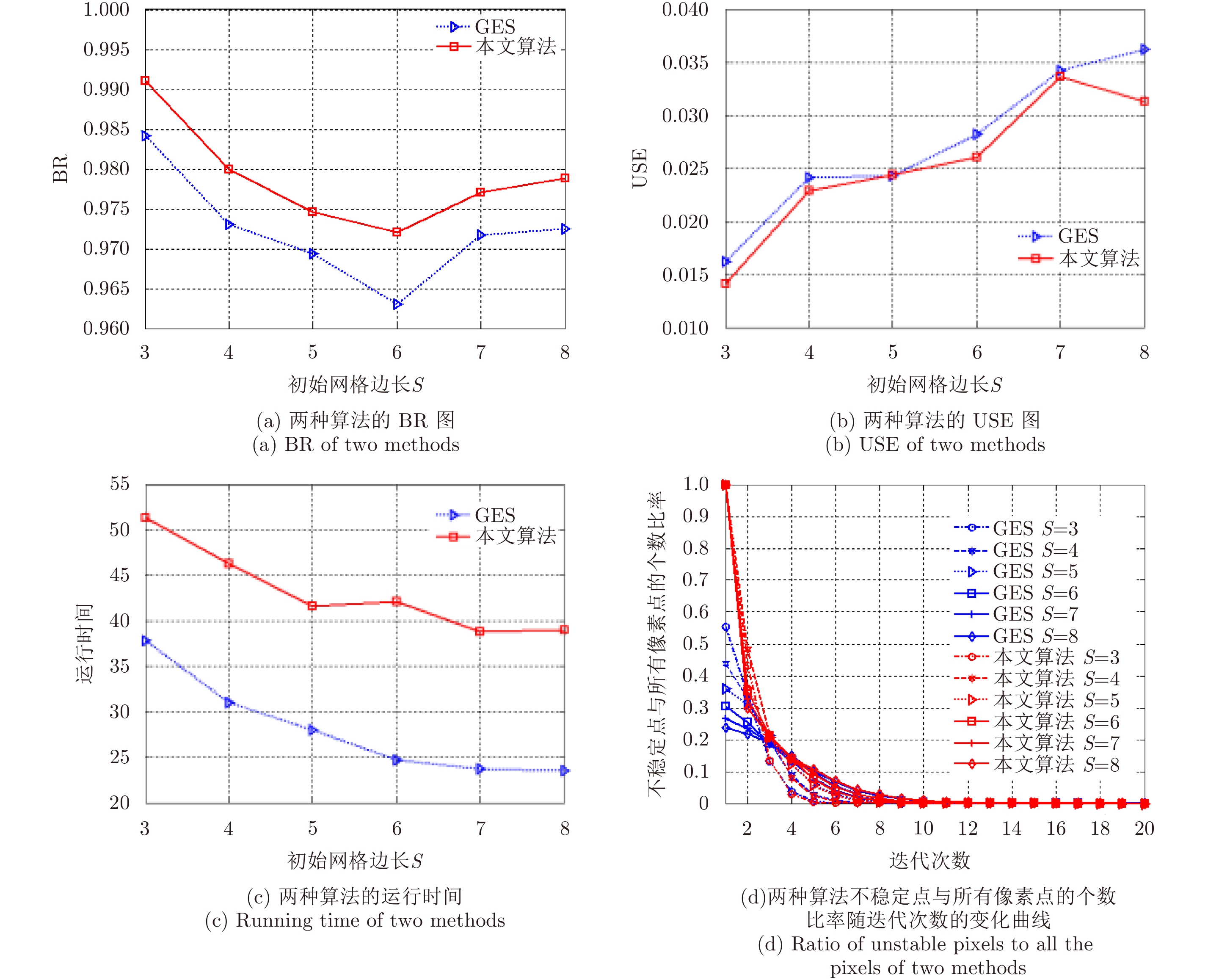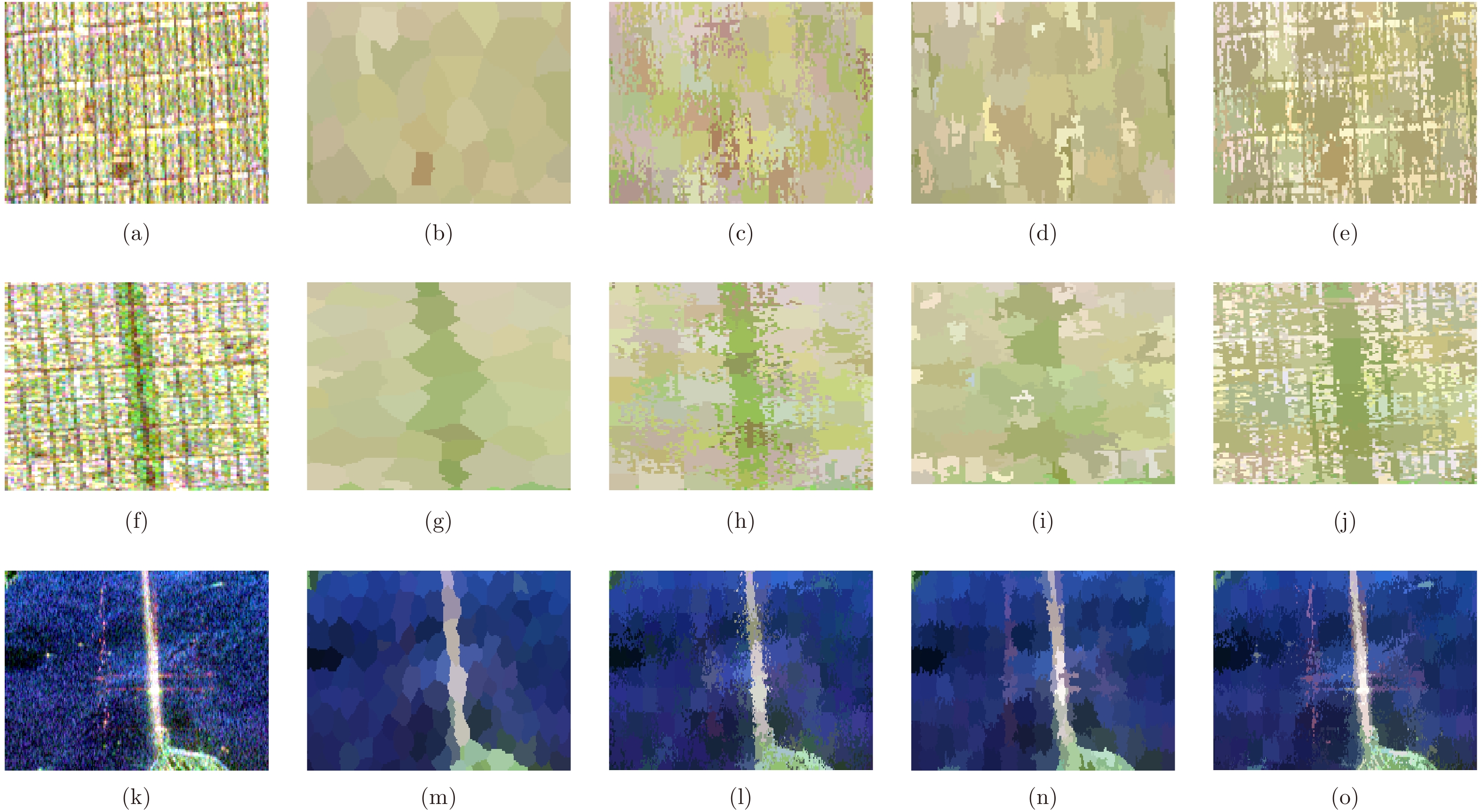| [1] |
Song H, Yang W, Xu X, et al.. Unsupervised PolSAR imagery classification based on Jensen-Bregman LogDet divergence[C]. European Conference on Synthetic Aperture Radar, EUSAR, Berlin, 2014: 1–4.
|
| [2] |
孙勋, 黄平平, 涂尚坦,等. 利用多特征融合和集成学习的极化SAR图像分类[J]. 雷达学报, 2016, 5(6): 692–700.
Sun Xun, Huang Pingping, Tu Shangtan, et al. Polarimetric SAR image classification using multiple-feature fusion and ensemble learning[J]. Journal of Radars, 2016, 5(6): 692–700.
|
| [3] |
Dabboor M, Collins M J, Karathanassi V, et al. An unsupervised classification approach for polarimetric SAR data based on the Chernoff distance for complex Wishart distribution[J]. IEEE Transactions on Geoscience and Remote Sensing, 2013, 51(7): 4200–4213. DOI: 10.1109/TGRS.2012.2227755. |
| [4] |
滑文强, 王爽, 侯彪. 基于半监督学习的SVM-Wishart极化SAR图像分类方法[J]. 雷达学报, 2015, 4(2): 93–98.
Hua Wenqiang, Wang Shuang, and Hou Biao. Semi-supervised learning for classification of polarimetric SAR images based on SVM-Wishart[J]. Journal of Radars, 2015, 4(2): 93–98.
|
| [5] |
Xu Q, Chen Q H, Yang S, et al. Superpixel-based classification using K distribution and spatial context for polarimetric SAR images[J]. Rmote Sensing, 2016, 8(8): 619. DOI: 10.3390/rs8080619. |
| [6] |
Wu Y H, Ji K F, Yu W X, et al. Region-based classification of polarimetric SAR images using Wishart MRF[J]. IEEE Geoscience and Remote Sensing Letters, 2008, 5(4): 668–672. DOI: 10.1109/LGRS.2008.2002263. |
| [7] |
Ren X and Malik J. Learning a classification model for segmentation[C]. IEEE International Conference on Computer Vision. Nice, France, 2003: 10–17.
|
| [8] |
Gong M G, Su L Z, Jia M, et al. Fuzzy clustering with a modified MRF energy function for change detection in synthetic aperture radar images[J]. IEEE Transactions on Fuzzy Systems, 2014, 22(1): 98–109. DOI: 10.1109/TFUZZ.2013.2249072. |
| [9] |
Xie L, Zhang H, Wang C, et al.. Superpixel-based PolSAR images change detection[C]. 2015 IEEE 5th Asia-Pacific Conference on Synthetic Aperture Radar, Singapore, 2015.
|
| [10] |
Wang S, Lu H, Yang F, et al.. Superpixel tracking[C]. IEEE International Conference on Computer Vision, Barcelona, Spain, 2011: 1323–1330.
|
| [11] |
Liu B, Hu H, Wang H Y, et al. Superpixel-based classification with an adaptive number of classes for polarimetric sar images[J]. IEEE Transactions on Geoscience and Remote Sensing, 2013, 51(2): 907–924. DOI: 10.1109/TGRS.2012.2203358. |
| [12] |
Xiang D L, Tang T, Zhao L J, et al. Superpixel generating algorithm based on pixel intensity and location similarity for SAR image classification[J]. IEEE Geoscience and Remote Sensing Letters, 2013, 10(6): 1414–1418. DOI: 10.1109/LGRS.2013.2259214. |
| [13] |
Xing Y X, Zhang Y, Li N, et al. Improved superpixel-based polarimetric synthetic aperture radar image classification integrating color features[J]. Journal of Applied Remote Sensing, 2016, 10(2): 026026. DOI: 10.1117/1.JRS.10.026026. |
| [14] |
Liu M Y, Tuzel O, Ramalingam S, et al.. Entropy rate superpixel segmentation[C]. IEEE Conference on Computer Vision and Pattern Recognition, Providence, 2011: 2097–2104.
|
| [15] |
Zhang Y H, Hartley R, Mashford J, et al.. Superpixels via pseudo-Boolean optimization[C]. IEEE International Conference on Computer Vision, Barcelona, 2011: 1387–1394.
|
| [16] |
Vedaldi A and Soatto S. Quick shift and kernel methods for mode seeking[C]. European Conference on Computer Vision, Berlin, 2008: 705–718.
|
| [17] |
Mester R, Conrad C, and Guevara A. Multichannel Segmentation Using Contour Relaxation: Fast Super-Pixels and Temporal Propagation[M]. Heyden A and Kahl F, eds. Image Analysis. Berlin Heidelberg: Springer, 2011.
|
| [18] |
Den Bergh M V, Boix X, Roig G, et al. SEEDS: Superpixels extracted via energy-driven sampling[J]. International Journal of Computer Vision, 2015, 111(3): 298–314. DOI: 10.1007/s11263-014-0744-2. |
| [19] |
Achanta R, Shaji A, Smith K, et al.. SLIC superpixels[R]. EPFL, 2010.
|
| [20] |
Zou H, Qin X, Zhou S, et al. A likelihood-based SLIC superpixel algorithm for SAR images using generalized Gamma distribution[J]. Sensors, 2016, 16(7): E1107. DOI: 10.3390/s16071107. |
| [21] |
Feng J L, Cao Z J, and Pi Y M. Polarimetric contextual classification of PolSAR images using sparse representation and superpixels[J]. Remote Sensing, 2014, 6(8): 7158–7181. DOI: 10.3390/rs6087158. |
| [22] |
Qin F C, Guo J M, and Lang F K. Superpixel segmentation for polarimetric SAR imagery using local iterative clustering[J]. IEEE Geoscience and Remote Sensing Letters, 2015, 12(1): 13–17. DOI: 10.1109/LGRS.2014.2322960. |
| [23] |
Zhu S, Cao D, Jiang S, et al. Fast superpixel segmentation by iterative edge refinement[J]. Electronics Letters, 2015, 51(3): 230–232. DOI: 10.1049/el.2014.3379. |
| [24] |
Jiao L C and Liu F. Wishart deep stacking network for fast PolSAR image classification[J]. IEEE Transactions on Image Processing, 2016, 25(7): 3273–3286. DOI: 10.1109/TIP.2016.2567069. |
| [25] |
Kersten P R, Lee J S, and Ainsworth T L. Unsupervised classification of polarimetric synthetic aperture radar images using fuzzy clustering and EM clustering[J]. IEEE Transactions on Geoscience and Remote Sensing, 2005, 43(3): 519–527. DOI: 10.1109/TGRS.2004.842108. |
| [26] |
Abramowitz M and Stegun I A. Handbook of Mathmatical Functions[M]. New York: Dover Pub. Inc., 1968.
|
| [27] |
Conradsen K, Nielsen A A, Schou J, et al. A test statistic in the complex Wishart distribution and its application to change detection in polarimetric SAR data[J]. IEEE Transactions on Geoscience and Remote Sensing, 2003, 41(1): 4–19. DOI: 10.1109/TGRS.2002.808066. |
| [28] |
Qin X X, Zou H X, Zhou S L, et al. Simulation of spatially correlated PolSAR images using inverse transform method[J]. Journal of Applied Remote Sensing, 2015, 9(1): 095082. DOI: 10.1117/1.JRS.9.095082. |
| [29] |
Arbelaez P, Maire M, Fowlkes C, et al. Contour detection and hierarchical image segmentation[J]. IEEE Transactions on Pattern Analysis and Machine Intelligence, 2010, 33(5): 898–916.
|




 Submit Manuscript
Submit Manuscript Peer Review
Peer Review Editor Work
Editor Work





 DownLoad:
DownLoad:




